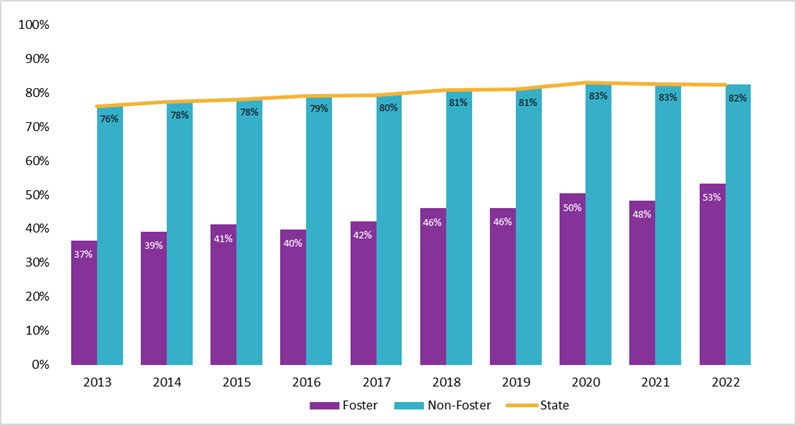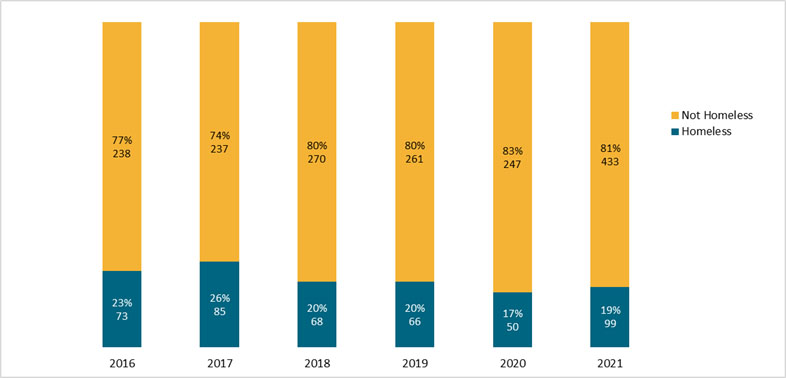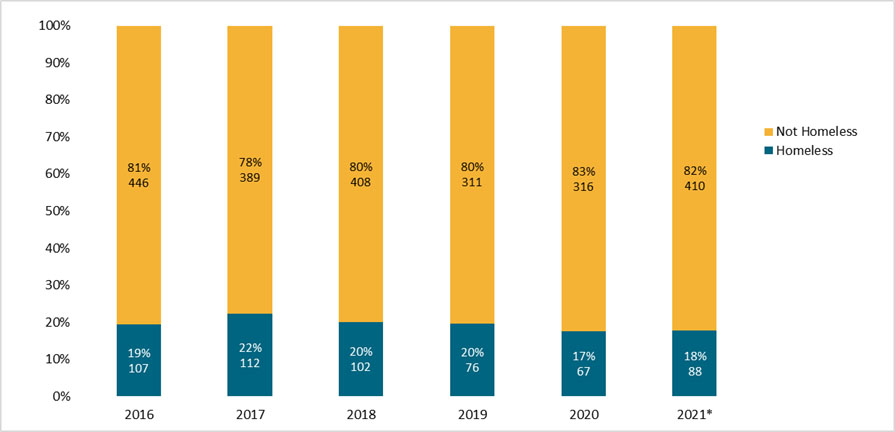Employment After Foster Care
Employment After Foster Care
Between 2015 and 2019, the gap between employment rates for young adults who have experienced foster care and those who have not, decreased in Washington State. During the same time period however, the gap in median earnings between the two groups widened, and that increase cannot be attributed to differences in number of hours worked. Longitudinal analysis shows that over time, the employment rate for young adults who have experienced foster care approaches the employment rate for young adults who have not, but that the gap in median earnings continues to increase.
READ THE ERDC REPORT ON EDUCATION AND WORKFORCE OUTCOMES FOR CHILDREN & YOUTH IN FOSTER CARE




